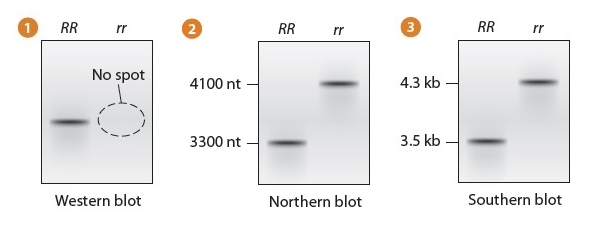

The detection antibody can be enzyme conjugated, in which case this is referred to as a direct sandwich ELISA. The analyte or sample is then added, followed by a detection antibody. The procedure for a sandwich ELISA firstly requires the well of an ELISA plate to be coated with a capture antibody. The capture antibody, as its name implies, binds the antigen that can then be detected in a direct ELISA or in an indirect ELISA configuration.įig. It is important that matched antibody pairs are tested specifically in sandwich ELISA to ensure that they detect different epitopes, to achieve accurate results. Each antibody is therefore specific for a different and non-overlapping region or epitope of the antigen. Sandwich ELISAs require the use of matched antibody pairs (capture and detection antibodies) as shown in Figure 4. Greater flexibility - different primary antibodies can be used with a single labeled secondary antibodyīest for: determining total antibody concentration in samples.

Longer procedure than direct ELISA technique - additional incubation step for secondary antibody neededĮconomical - fewer labeled antibodies are needed Possibility of background noise - secondary antibody may be cross-reactive High sensitivity - more than one labeled secondary antibody can bind the primary antibody The indirect ELISA is most suitable for determining total antibody concentration in samples. Also, indirect ELISA assays take longer to run than direct ELISAs since an additional incubation step for the secondary antibody is required.

Among its disadvantages is the possibility of cross-reactivity of secondary antibody to the adsorbed antigen, which could increase background noise. Indirect ELISA delivers greater flexibility since different primary antibodies can be used with a single labeled secondary antibody. The indirect ELISA method has high sensitivity since more than one labeled secondary antibody can bind the primary antibody it is more economical than the direct ELISA as fewer labeled antibodies are needed. Second, an enzyme conjugated secondary antibody that is directed against the host species of the primary antibody is applied. First, an unlabeled primary antibody binds to the specific antigen. Less prone to error – as less reagents and fewer steps are requiredīest for: when analyzing the immune response to an antigen.įigure 3 demonstrates how an indirect ELISA is set up antigen is adsorbed to a well in an ELISA plate. No signal amplification - reduces assay sensitivity Less flexible - each target protein needs a specific conjugated primary antibody Mainly because all proteins in the sample, including the target protein, will bind to the plate Finally, the direct ELISA technique is typically used when the immune response to an antigen needs to be analyzed.įaster than other ELISA – the technique has fewer stepsĪntigen immobilization is not specific - may cause higher background noise than indirect ELISA. As no secondary antibody is used there is no signal amplification, which reduces assay sensitivity.

Direct ELISA is less flexible since a specific conjugated primary antibody is needed for each target protein. This is primarily because all proteins in the sample, including the target protein, will bind to the plate. As the antigen immobilization is not specific, higher background noise may be observed in comparison to indirect ELISA (see below). Although there are some disadvantages to this method. no potentially cross-reacting secondary antibody needed. The assay is also less prone to error since fewer reagents and steps are needed, i.e. The antigen is then detected by an antibody directly conjugated to an enzyme such as HRP.ĭirect ELISA detection is much faster than other ELISA techniques as fewer steps are required. In general, ELISAs can be grouped into the four main categories:įigure 2 illustrates the setup of direct ELISA an antigen is immobilized in the well of an ELISA plate. The detection antibody is either directly conjugated to an enzyme, such as horseradish peroxidase (HRP), or provides a binding site for a labeled secondary antibody. After immobilization, a detection antibody is added, which binds to the adsorbed antigen thereby leading to the formation of an antigen-antibody complex. The capture antibody has to be specific to the target antigen and is mainly used in a specific ELISA type called “ sandwich ELISA”. This can be achieved by direct adsorption to the plate’s surface or by using a “capture antibody”. The first step in an ELISA experiment is the immobilization of the antigen in a sample to the wall of the wells of a microtiter plate.


 0 kommentar(er)
0 kommentar(er)
